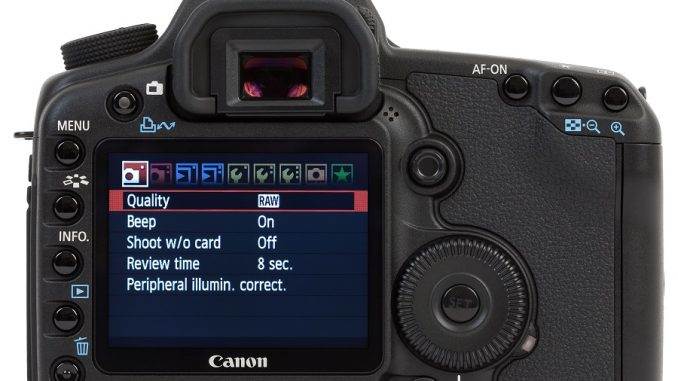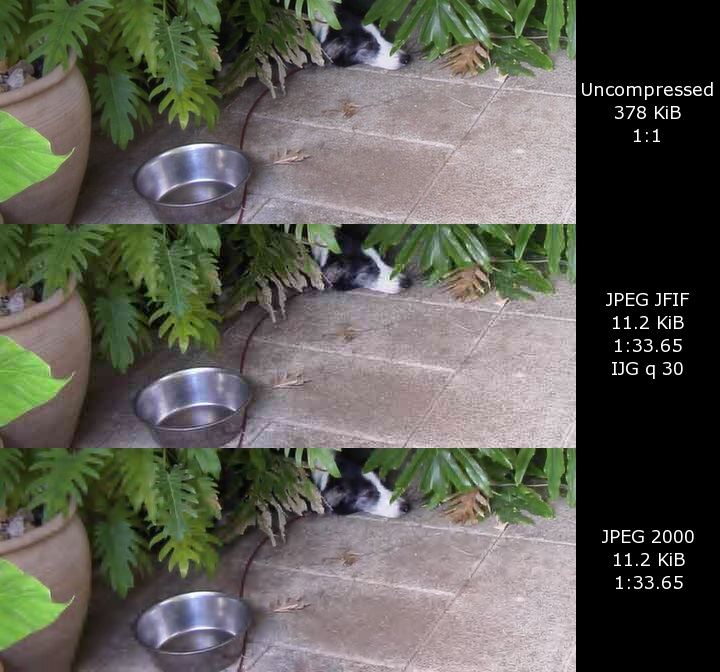So you’ve finally taken the plunge and bought your very expensive DSLR camera with all of the lenses and filters that you could want. You have your first big outing planned and you’re chomping at the bit to get out there and show the world just how keen your eye is! You are going to be asking this question pretty soon – what’s the difference between RAW and JPG!
As you go through the menu setting of the camera, you can set your f/stop and film speed, but why can you only take a few hundred RAW pictures when you have space for thousands of JPG’s?
Well, the answer lies in what the difference between RAW and JPG actually is. When you’re shooting in RAW, your camera is capturing all of the information that comes through its lens with no compression. If an image is uncompressed, then it naturally takes up a lot more space.
How Does Compression Work?
So, in relation to the issue of the difference between RAW and JPG, what is compression and does it really matter? Well, the answer is: Yes. The reason that digital cameras took some time to become as pervasive as film camera when they came out was in large part due to the compression rates before RAW was a possibility.
When you compress something, your camera or your computer is essentially looking at all of the information that it has in front of it and throwing away repeated data. For instance, if you shoot an image with a lot of shadow or dark area, in order for the camera to save it as a JPG, it is going to delete a lot of the repeated dark pixels.
After this is done, when you look at your image again, the computer is going to use its best guess for just how dark those missing pixels should be when it tries to put them back in. What you end up with is an image that is less rich and less deep than the original, and will most likely be pretty pixelated when you zoom in at any level.
Had you shot your image in RAW, all of that information would have been stored and stayed just as beautiful as it was in real life.
Does Shooting In Raw Require Different Software?
The one downside to shooting in RAW is that you need special software, such as Adobe Photoshop to view it. It isn’t possible to simply shoot something and email it off to your family and friends for them to see. Once you get your camera back home and upload the pictures to your computer, you are going to have to process them in Photoshop and save them as a JPG anyway if you want to view them on some other format.
Even though it seems like you adding an unnecessary step by shooting in RAW, you are actually giving the image as much respect as you possibly can. Not only will Photoshop, or some equivalent, be able to handle the compression a lot better than your camera, as long as you save your original RAW file, you will always be able to go back to a version of the image that still has all of its data in pristine condition. That’s one advantage when considering the difference between RAW and JPG
This will allow you to compress your stuff in any way that you need for that specific application. For instance, if you want to upload your photos to your phone and text them, then you are going to want a lot more compression than if you want to upload your photos to a print shop to have them framed.
If you find yourself running low on space, then shooting in JPG is always an option, but shooting in RAW should always be preferred. Your images will thank you for it!



Leave a Reply